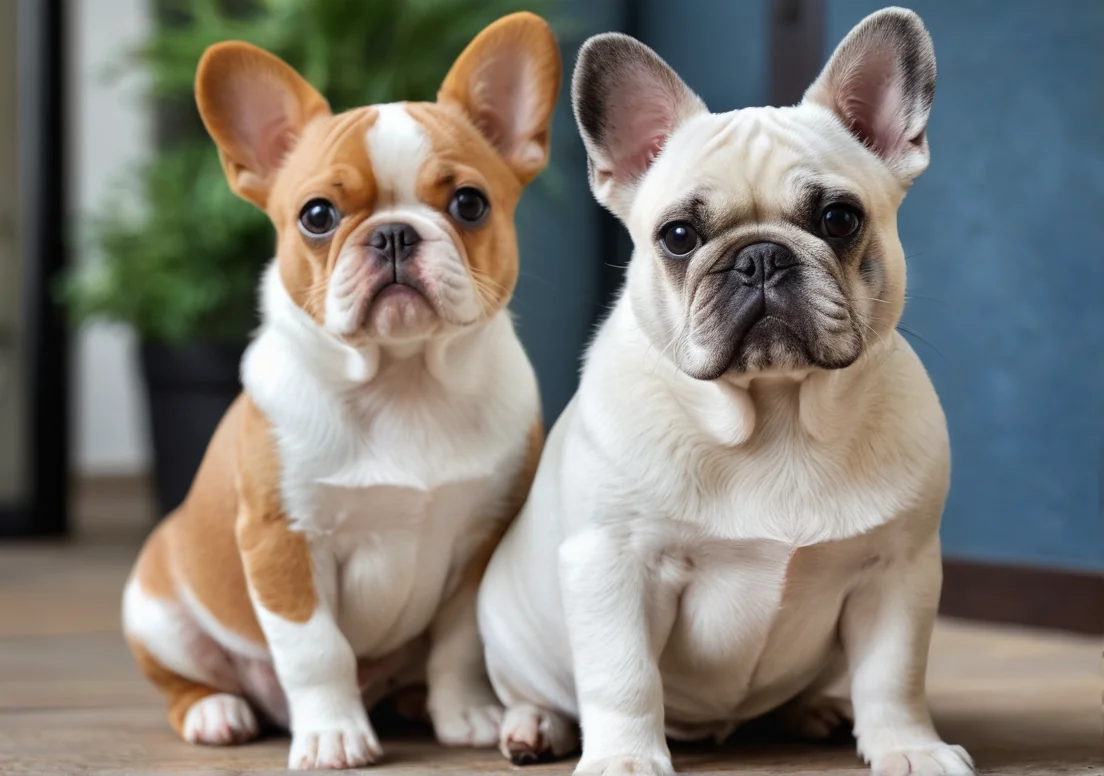Brachycephalic dog breeds, with their adorable flat faces and stocky bodies, are among the most beloved pets. However, training these unique breeds comes with its own set of challenges that require specific strategies and insights.
Training Brachycephalic dogs demands an understanding of their physical and behavioral traits. With the right approach, you can ensure your furry friend is well-adjusted, obedient, and truly happy. Discovering this specialized knowledge will take your training efforts to new heights—there’s so much more to explore below that you won’t want to miss!

#1 Focus on short training sessions
Brachycephalic breeds like Bulldogs and Pugs can fatigue quickly. Their unique facial structure often means they have less efficient airflow, causing them to tire faster during activities. Aim for training sessions lasting no longer than 5 to 10 minutes. This helps keep their energy levels high and mental engagement strong. Break up training into multiple short bursts and incorporate fun elements, like play or a favorite toy, to maintain their interest. You’ll find they’re far more receptive when lessons are bite-sized and spaced throughout the day.
#2 Use positive reinforcement
Given their sensitive nature, these dogs often respond best to positive reinforcement. Rather than scolding or applying pressure, focus on rewarding good behavior with treats, praise, or playtime. This approach builds trust and encourages your pup to repeat the desired actions. For example, if you’re teaching “sit,” reward immediately when they comply. This helps them connect the dots between the action and the reward. Over time, they’ll become more confident and eager to learn, cutting down on frustration for both of you.
Incorporate a variety of rewards to keep things fresh—some days, a tasty treat might do the trick, while on others, a good game of fetch could be the ultimate motivator. Staying adaptable ensures that your training remains engaging and effective.
#3 Understand their health considerations
Brachycephalic breeds, such as Bulldogs and Pugs, often face respiratory challenges due to their unique head structure. These issues can limit their stamina during training sessions, so it’s crucial to modify the duration and intensity of your workouts based on how your dog is feeling. For example, keep training sessions short—about 10 to 15 minutes—and incorporate frequent breaks for water and rest. Always be on the lookout for signs of distress, like excessive panting, coughing, or lethargy. If your pup seems overwhelmed, don’t hesitate to cut the session short. Additionally, practicing training in cooler environments helps reduce heat stress, as brachycephalic breeds can struggle with overheating. Regular vet check-ups are also essential for monitoring your dog’s health, ensuring they can participate in training safely.
#4 Socialization is key
Brachycephalic dogs thrive on socialization, which can help mitigate anxiety and promote balanced behavior. Expose your dog to a variety of environments, from bustling parks to quiet streets, to build their confidence. Gradually introduce them to other pets, ensuring each meeting is positive and stress-free. Consider enrolling in puppy classes or group trainings, which provide structured interactions and can help your pup learn how to engage appropriately with others. Consistency is vital; regular socialization experiences reinforce good habits and reactions. Remember, your goal is to create a well-adjusted companion who feels comfortable in different scenarios, which will foster a happier, healthier lifestyle for both of you.
#5 Tailor activities to their needs
Training and exercising brachycephalic breeds—like Bulldogs, Pugs, and Boxers—requires special attention to their physical limitations. These dogs often face breathing challenges due to their shortened snouts, so it’s vital to choose activities that align with their capabilities. Shorter, more frequent walks are usually better than extended runs, allowing them to enjoy exercise without overexertion. Interactive games can keep their minds sharp while being gentle on their bodies; think puzzle toys or short hide-and-seek sessions that encourage mental stimulation without taxing their respiratory systems. It’s all about finding that sweet spot where they can thrive without coming head-to-head with their physical limits. Always keep an eye on their breathing, and don’t hesitate to stop if they seem to struggle—it’s not just training; it’s about prioritizing their well-being.
Fun facts about Brachycephalic breeds
Brachycephalic breeds are more than just cute; they’ve got some fascinating history and quirks that make them truly unique. Did you know that most of these breeds were originally prized for their roles as companions or working dogs? For instance, the English Bulldog dates back to the 13th century, when they were used for bull-baiting—a far cry from the lovable couch potatoes they often become today!
Another interesting tidbit: Pugs have long been associated with royalty. They were favorites of Dutch and English nobility, often treated like little princes and princesses! Their compact size and charming personalities make them a delightful addition to any family.
However, their brachycephalic structure comes with challenges, particularly in hotter weather. It’s crucial to recognize that these dogs can get overheated easily, so you should provide shade and fresh water during outdoor activities. Overall, their distinctive traits stem from a blend of history, looks, and personality. Understanding their background can strengthen your bond and enrich your journey together.
Signs of training fatigue
Training brachycephalic dogs requires keen attention to their physical limitations. These breeds, like Bulldogs or Pugs, often tire more easily than others due to their short snouts and respiratory issues. Signs of fatigue can include panting, frequent sitting, or disinterest in treats and commands. If your pup starts yawning excessively or lying down, it’s time to wrap things up or take a break.
Monitor their breathing—you want it to be steady, not labored. If they seem restless or fidgety, it could indicate they’re overwhelmed. Adjust your training sessions to be shorter and more engaging, using plenty of breaks and positive reinforcement. Remember, keeping sessions upbeat and relaxed will foster a more enjoyable experience for both of you.
Enhancing communication with your dog
Building rapport with your brachycephalic dog hinges on understanding their unique signals and quirks. Since these pups can be a bit stubborn, it’s crucial to develop a strong line of communication. Start by getting familiar with their body language; a wagging tail or relaxed ears often means they’re comfortable, while stiff body posture can signal stress.
Incorporate consistent cues—whether you’re using verbal commands or hand signals, consistency can prevent confusion. Pair commands with rewards to reinforce positive behavior—it makes your messages clearer.
Also, consider training in short bursts to keep their attention. For instance, instead of lengthy sessions, aim for several 5-10 minute intervals throughout the day. This approach keeps it fun and prevents them from feeling overwhelmed.
Bonus tip: try engaging them with playful training. Using toys or games like fetch can make the learning process more enjoyable. Just remember, communication is a two-way street, so be patient as you both learn together.
Alex, a passionate animal lover, has experience in training and understanding animal behavior. As a proud pet parent to two dogs and three cats, he founded AnimalReport.net to share insights from animal experts and expand his knowledge of the animal kingdom.




